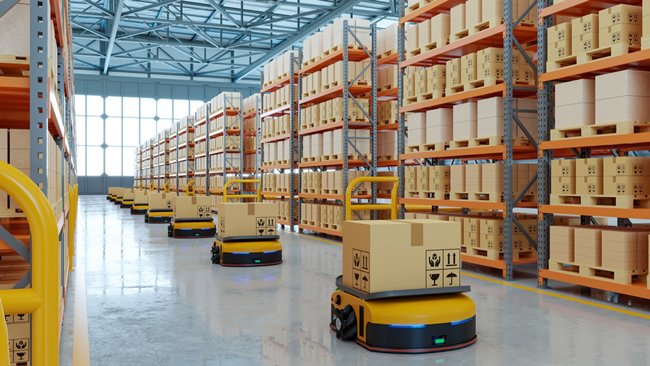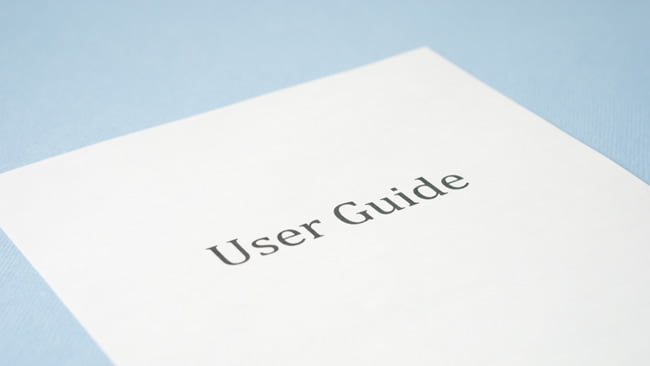Manufacturing Translation: Top 5 Best Practices
Manufacturing is as global a business as there is with onshoring, offshoring, nearshoring, etc. to produce the world’s products. As such, language is a key part of running the business for employee, customer, and other business needs for which manufacturing translation may be required.
With this blog, I wish to review 5 key best practices to consider for the translation of content that will help for a successful and more cost-efficient translation process.

1. Language/Locale
To provide the most accurate translation, the locale of the people who will use the translation should be considered. Perhaps the need is for translation of training content for a factory in Mexico. Then the translation should be Spanish for Mexico. Alternatively, a translation could be for customers in the United States that speak Portuguese. In this case, you would want to consider should it be Portuguese for Portugal or Brazil. While the people for who the translation is for are based in the USA, it would be best to know what “locale” of Portuguese is required as there is a difference that the reader will see and for some terms may have difficulty understanding. Additionally, the translated material may not be well-received by the intended audience which may have an impact on the success of the product or the purpose of the material.
2. Glossary
A key foundation step for a successful ongoing translation process for any company should be to develop a glossary, a listing of the key terms and phrases that a company uses daily. Some companies may have developed a glossary for their source language, say English, but many companies have not done so, let alone for additional languages. Since there are various ways to refer to an item, it is important to know how the specific organization refers to that item. Having a glossary developed in the target language(s) and approved by a client reviewer at the start of the translation process will enable the translator to use the phrasing that your business is using across the various channels of communication. Without a glossary, a translator will be able to provide an accurate translation for your business, but with the glossary, they can provide translations that are consistent with the key terms of your organization.
For example, GE uses a phrase called “GE Speak” for which they can consistently use terminology across the enterprise.
With a glossary in place for the source and target languages, the review process for client reviewers (where a bilingual member of the organization reviews the translation) will be performed much quicker, as they will see the key terminology translated as per their agreed upon preferences. If it can speed up their review process, they are more likely to agree to review translated content in the future.
3. Translation, Edit and Proofreading (TEP)
A professional translation should include translation, editing, and proofreading (TEP). Three phases. Over the years, I have heard of a business using a staff member or a family member to perform translation because they know the language. They may even know the subject matter well. But they may not be a writer and/or linguist.
When a company creates source English content, they will have a person write it and it will go through multiple other staff members to review before it is to be published. But in cases where translation is performed with a staff member, it may not be reviewed by other speakers of the language.

An ISO 17100 Certified vendor will perform the translation in a TEP (translation, editing, proofreading) workflow, with a translation team that is specialized in the subject matter. In a TEP process, the translator will translate the content for the target audience. This is not simply a conversion of one language to another, but a rewriting of the content into the target language so that it sounds as if it was originally written in that language. A key factor in success is that the translator is a subject-matter expert in that industry, thereby knowing the terminology of the industry, and the type of material being translated (marketing vs technical specifications).
The next phase is editing. This is where another translator will review the translation against the original language and will be checking for accuracy, completeness, adherence to the glossary and industry terms, grammar, and punctuation. The final phase, to be completed by another translator is proofreading, a final review of the translation to confirm it is error-free. The client speaker of the language would then be an excellent person to include in the final client review process.
4. Images and Screen Captures
When creating content it may be preferred and easy to include text within images. Where control panels or software/app images are used, many times these graphics include text. But when having to support the same content in many languages handling images and screen captures the same way can inflate formatting costs significantly.
For illustrative images, it is best to use numbers as labels in the image, with a corresponding table that contains the corresponding text for the image. For translation, the image can stay as it is in the source and only the table would need to be updated with the appropriate translation.
It is also a best practice when knowing that the content will need to be translated into multiple languages, to limit the number of screenshots to be used. Having to capture matching screenshots for multiple languages can be time-consuming and therefore add quite a bit to formatting cost per language.
5. Client review
While you may have translated your content for a specific language and locale, developed and approved a glossary, and worked with a professional ISO 17100 certified translation agency, the delivered translation should still be reviewed by an appropriate client-side speaker of the language. Usually, this will be a member of your organization who can provide valuable insight into how your organization communicates internally and with your clients through their specific comments on the translation. This is great feedback for your translation agency to receive. The vendor will review the comments, make sure they are error-free and in line with the original content, and update the deliverable as required.
This is a phase in which the vendor is learning more about the client’s preferences. The translation memory will be updated with the revisions and applied during future translation projects.
While much goes into the overall manufacturing translation workflow, the basic items above will help improve the quality of translations and reduce the translation costs that a manufacturer may have for technical manuals, training courses, website translation, legal agreements, marketing collateral, software, and apps that may be required.
